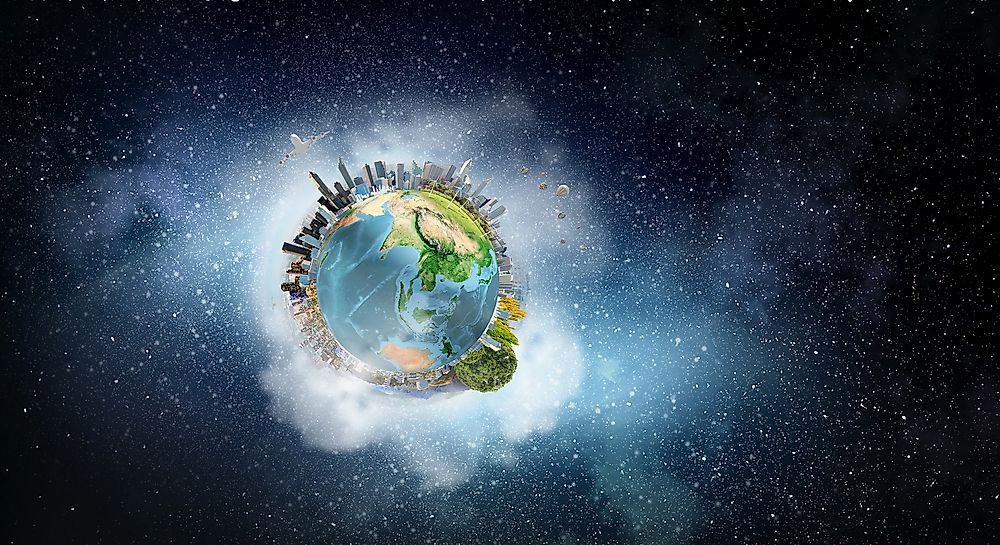Does the World Have a Carrying Capacity?

The world’s carrying capacity is a theory which states that the world has equilibrium in the biosphere it can sustain with its available resources. The carrying capacity when discussed in the human context is the human population that the Earth can indefinitely sustain with regard to its resources. The theory was fronted by an English clergyman Thomas Malthus in 1798 as he predicted that the growing human population would someday reach a point where the available resources would be stretched beyond the limit and would lead to famines and mass deaths.
The Population Explosion
The world’s population is growing at an unprecedented rate. According to research and historical census evidence, the global population has grown over 100% faster in the last 100 years than in the last 1,500 years. In the first century AD, the global population was estimated to have been 300 million people, which then took 1,800 years to reach a population of 1 billion in the 19th century. The current global population is estimated to be around 7.5 billion people, which indicates a 750% increase in the past two centuries. The global human population is projected to reach 9.5 billion people in 2050, a 126% increase in fewer than 50 years.
Implications Of The Population Boom
The Earth has limited resources including land, water, and energy consumed. Many scientists and demographic analysts agree that the Earth is able to sustain its current population with the existing resources but only when the said resources are used frugally. Studies show that the current global food production by far exceeds the global consumption and can even sustain the global population in the future when improvements in agricultural practices are implemented. The main issue in agriculture is food distribution as well as the unsustainable livestock agriculture which consumes the majority of the land and water resources. Therefore, the carrying capacity of the Earth, according to several scientists, has little or no effect on food production. The resource which is at greatest risk of being depleted is energy due to the current use of non-renewable energy sources which also harms the environment. Using several indicators as well as using historical benchmarks, the human carrying capacity of the Earth is estimated to be about 10 billion people.
Future Projections
While the global human population has seen a spike in its growth in the past two centuries, the trend is experiencing a decline in several regions where the birth rates are declining and families becoming smaller. This trend is evident primarily in Japan and in several northern European countries where the demographics have shown a decline in birth rates reaching as high as 50%. This recent trend is becoming a global phenomenon with several projections foreseeing the global population growth declining in the late 21st century.
What Can Be Done?
There have been several measures that have been taken to remedy the increased population growth, especially in developing countries. There has been a controversial “one child” policy enforced in China to discourage bearing of many children per household while several countries in Africa have been embracing birth control methods to try and slow down the population growth rate.











